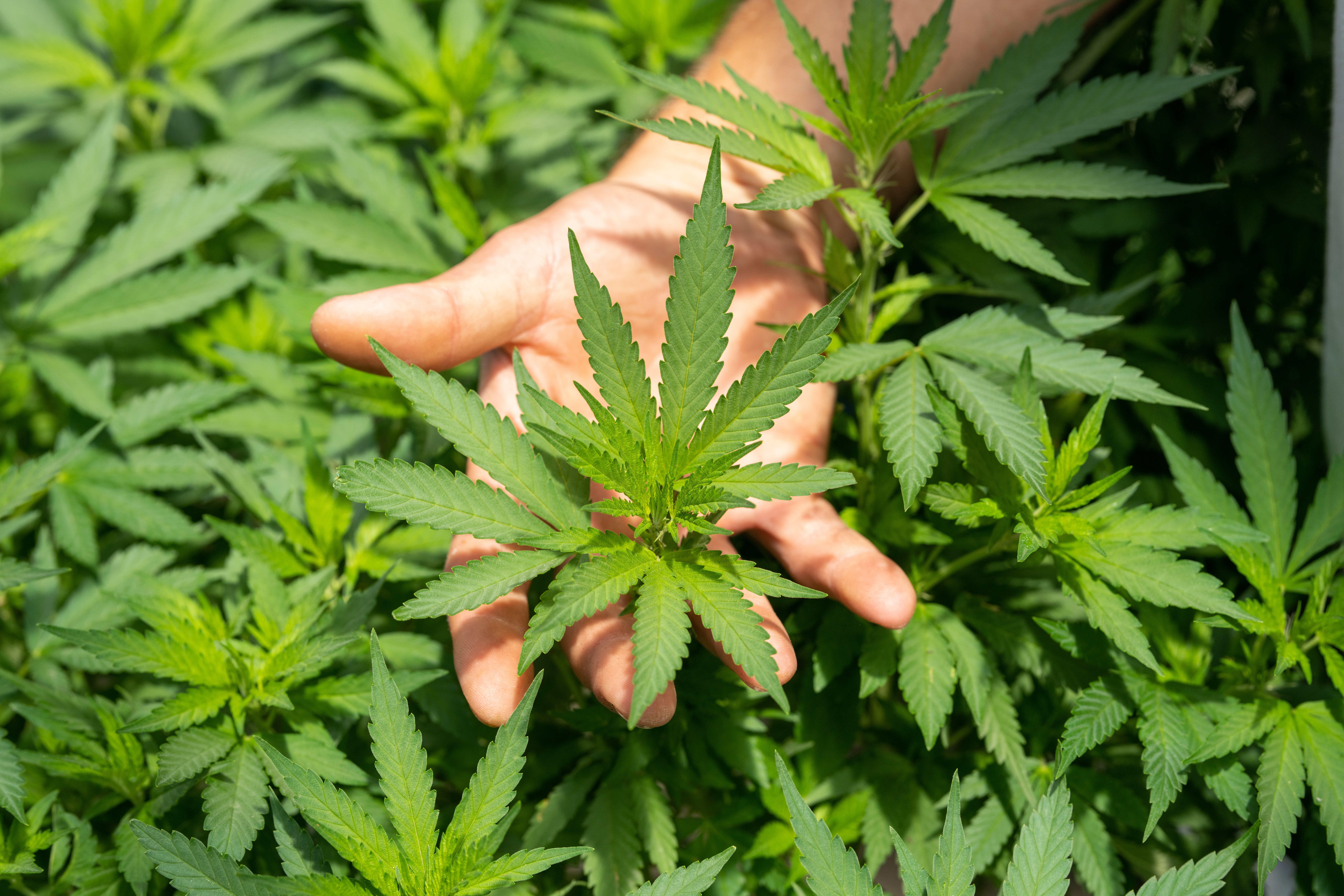
Does CBD Treat Depression?
Cannabidiol – often abbreviated as CBD – is a truly remarkable, powerful molecule of the cannabis plant that has dozens of potential health benefits in

Phytocannabinoids are naturally occurring cannabinoids derived from the cannabis plant. They form from their corresponding 2-carboxylic acids (2-COOH) through a decarboxylation process catalyzed by heat, light, or alkaline conditions.
These cannabinoids can be found in abundance in the thick resin excreted by glandular structures known as trichomes in the cannabis plant. This resin is also rich in terpenes, which give the cannabis plant its unique aroma. Phytocannabinoids are typically insoluble in water but can dissolve in alcohol, fat, and other non-polar organic solvents. They can form water-soluble phenolate salts in alkaline conditions as they are fundamentally phenols.
The cannabis plant contains more than 480 different compounds, with approximately 66 identified as cannabinoids. The most recognized of these compounds is delta-9-tetrahydrocannabinol (Δ9-THC), the primary psychoactive ingredient in cannabis. Other prevalent cannabinoids include cannabidiol (CBD) and cannabinol (CBN).
Cannabinoids are further categorized into various subclasses that include:
Among these, THC is the principal psychoactive component in cannabis. It reduces pain perception and offers neuroprotective properties, showing similar affinity for the CB1 and CB2 receptors.
On the flip side, CBD isn’t psychoactive and functions as a CB1 receptor antagonist. CBN aids in relieving seizures, anxiety, nausea, and inflammation, while Cannabigerol also lacks psychoactivity and acts as a CB1 receptor antagonist.
So, what distinguishes phytocannabinoids from cannabinoids? The term cannabinoid encompasses a broad spectrum of chemical compounds produced by several biological species. They play a pivotal role in balancing various biological functions.
Cannabinoids are generally divided into two categories: phytocannabinoids and endocannabinoids. The difference lies in their origin. Phytocannabinoids are plant-derived, while endocannabinoids are produced within the bodies of mammals.
Endogenous cannabinoids, or endocannabinoids, are cannabinoids synthesized inside the mammalian body. Every function in our body needs a balance of factors to perform at peak capacity. When this balance is achieved, it’s called homeostasis. Endocannabinoids significantly contribute to survival by maintaining this homeostasis.
Structurally, endocannabinoids and phytocannabinoids are not inherently different. Both bind to cannabinoid receptors and activate the body’s endocannabinoid system (ECS). Endocannabinoids activate a homeostatic effect, thus bringing the body to a balanced state of health. Phytocannabinoids can produce more profound medicinal effects, possibly compensating for endocannabinoid deficiencies and triggering therapeutic responses. Unlike endocannabinoids, phytocannabinoids can also induce intoxication.
But why does the cannabis plant produce cannabinoids? While the human body generates cannabinoids to facilitate homeostasis, the cannabis plant produces cannabinoids primarily as a defense mechanism against external stressors. The trichomes of the cannabis plant create phytocannabinoids, covering the plant’s surface to protect against environmental threats such as insect predators and harsh weather conditions.
Photo by CRYSTALWEED cannabis on Unsplash

Cannabidiol – often abbreviated as CBD – is a truly remarkable, powerful molecule of the cannabis plant that has dozens of potential health benefits in

Alzheimer’s disease (AD) – along with a host of other neurodegenerative conditions that impact brain health – is nothing short of a public health catastrophe

To date, CBD (“cannabidiol” in long-form) is the single most potent cannabis compound that researchers have isolated to research its potential health benefits. Here, we
Made in Atlanta. © FOOD AND DRUG ADMINISTRATION (FDA) DISCLOSURE These statements have not been evaluated by the Food and Drug Administration. These products are not intended to diagnose, treat, cure, or prevent any disease.